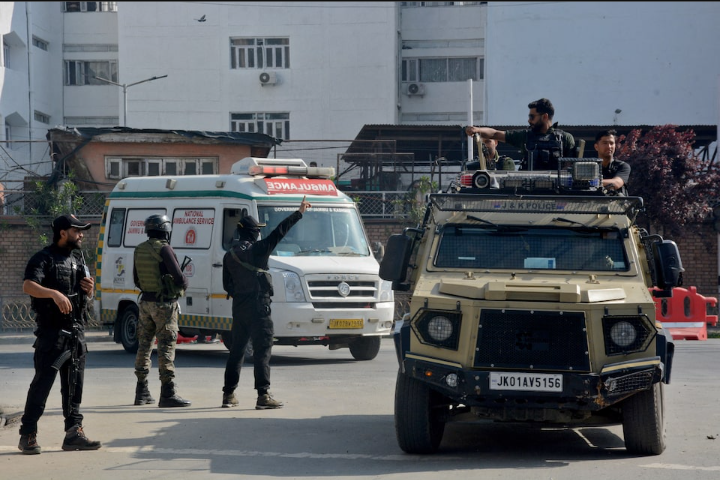A horrifying attack in India’s Jammu and Kashmir territory has left the nation reeling. On Tuesday evening, suspected militants opened fire on a group of tourists enjoying the serene meadows of Pahalgam, a popular Himalayan destination. The massacre claimed 26 lives—25 Indian nationals and one Nepalese—and left 17 others injured, marking India’s deadliest civilian attack since the 2008 Mumbai siege.
Authorities have confirmed the attack was carried out by a little-known militant group calling itself the “Kashmir Resistance,” which later claimed on social media that the victims were undercover agents linked to Indian security forces. Indian officials have denied this claim.
The shocking incident has triggered widespread alarm. Prime Minister Narendra Modi cut short his official visit to Saudi Arabia and immediately returned to New Delhi. Finance Minister Nirmala Sitharaman also canceled her international commitments to return home in solidarity with victims and their families.
A high-level emergency security meeting was convened at the airport upon Modi’s arrival, where he was briefed by senior military and national security advisors. A full combing operation was launched in the forests surrounding Pahalgam, and nearly 100 individuals with past links to militancy have been questioned.
This attack threatens to undo years of progress and relative peace in Kashmir. Tourism has flourished in recent years, especially after India revoked the region’s special autonomous status in 2019 and encouraged development and settlement by “outsiders.” This move has remained controversial and is seen by some as altering the region’s demographic and political landscape.
Following the attack, over a dozen local organizations called for a complete shutdown of schools and businesses to protest the violence. Airlines scrambled to add flights as panicked tourists fled Srinagar, the region’s capital. The primary road out of the valley was closed due to heavy rain damage, worsening the chaos and increasing demand for air travel.

Aviation authorities organized emergency flights to Delhi and Mumbai, and fares were strictly regulated to prevent exploitation. Social media was flooded with emotional messages from stranded tourists, with many calling off their vacations out of fear.
This tragedy revives painful memories of a region long scarred by insurgency, where tens of thousands have died since the late 1980s. While violence had slowed in recent years, this massacre is a chilling reminder that peace remains fragile.
As the nation mourns and tensions rise, global observers—including Pakistan’s government—have expressed concern over the attack. Pakistan’s foreign ministry extended condolences, calling for restraint and peace.
India faces a defining moment in its efforts to stabilize Kashmir. The global spotlight now turns to how it balances national security with the rights and safety of civilians—locals and visitors alike.



